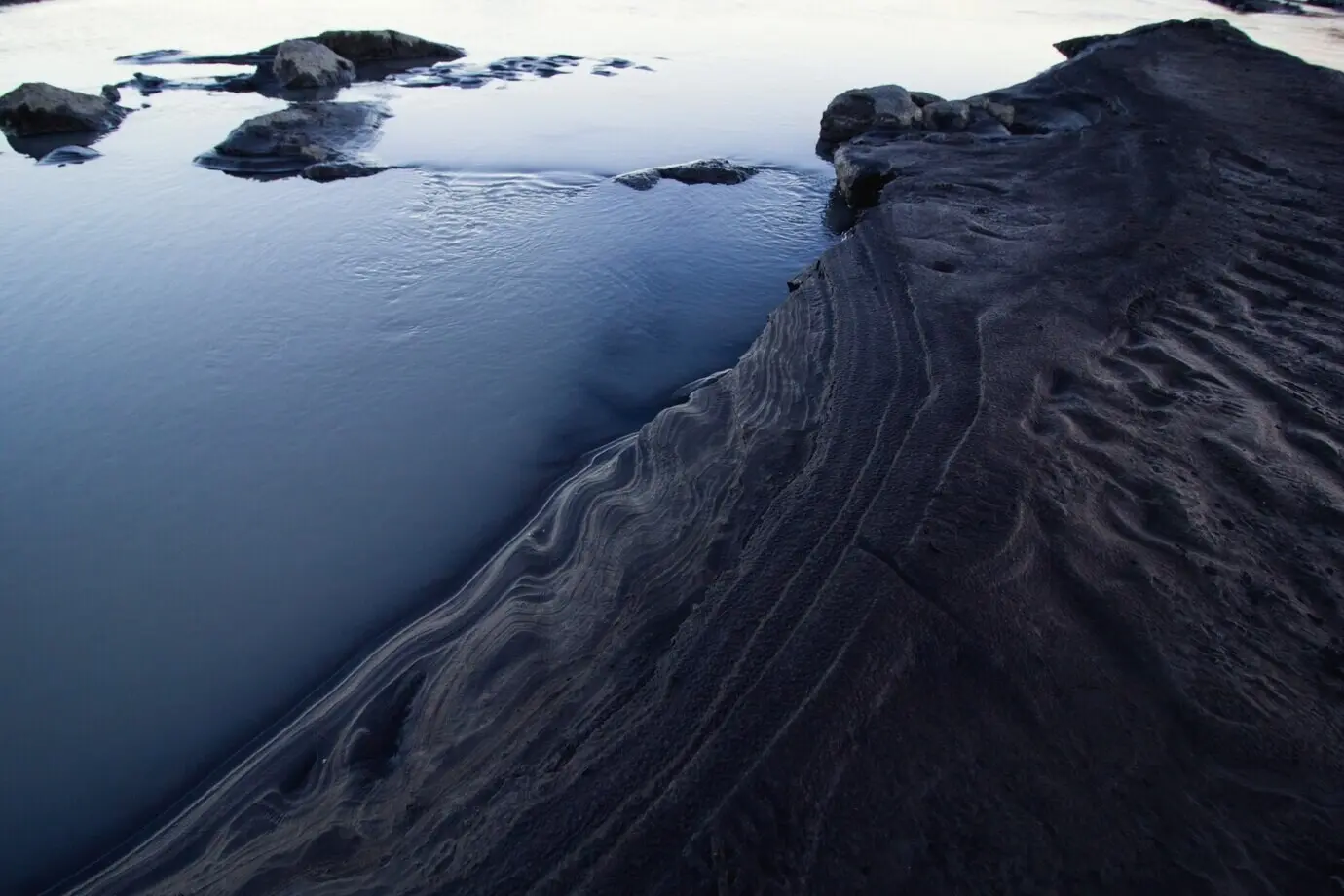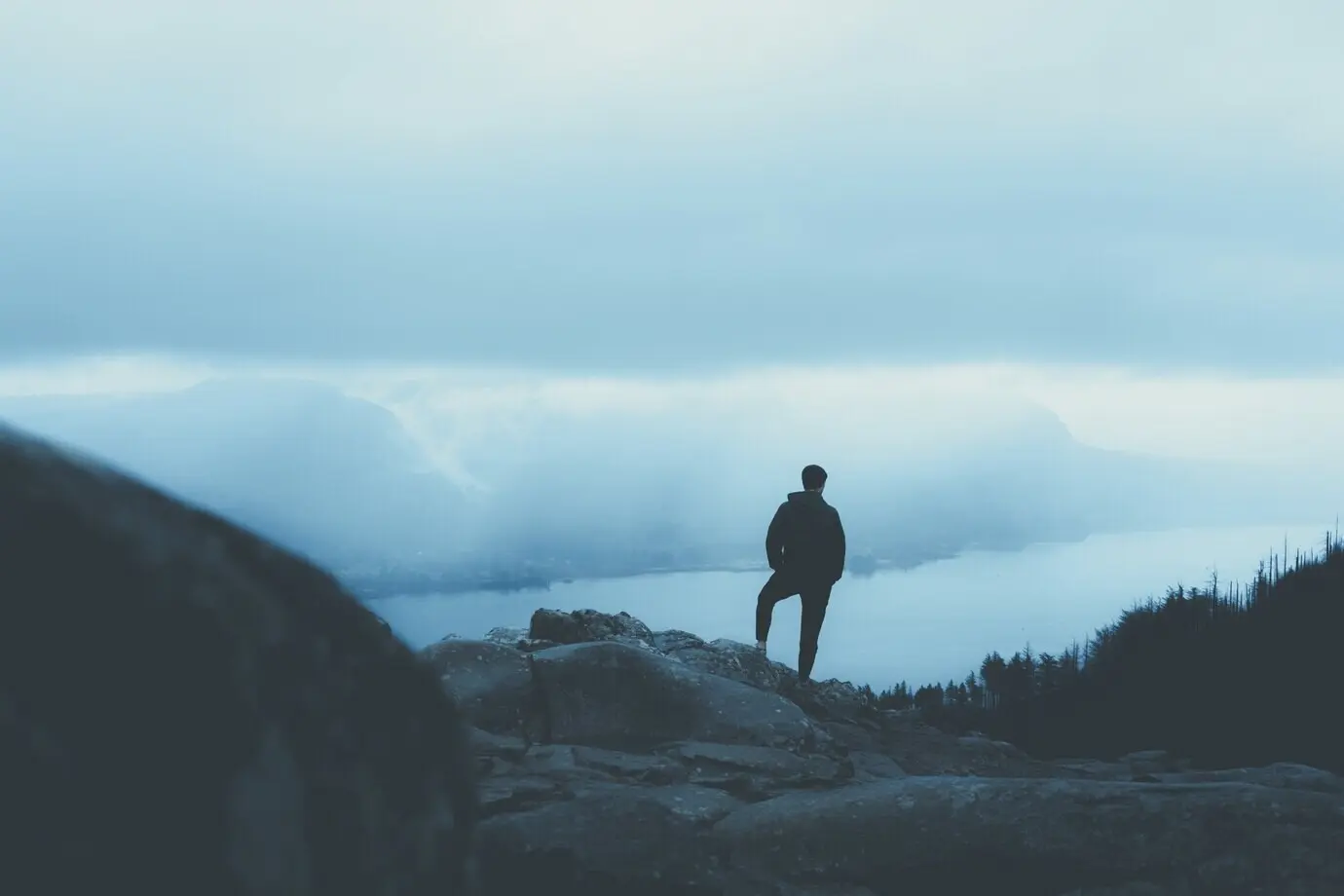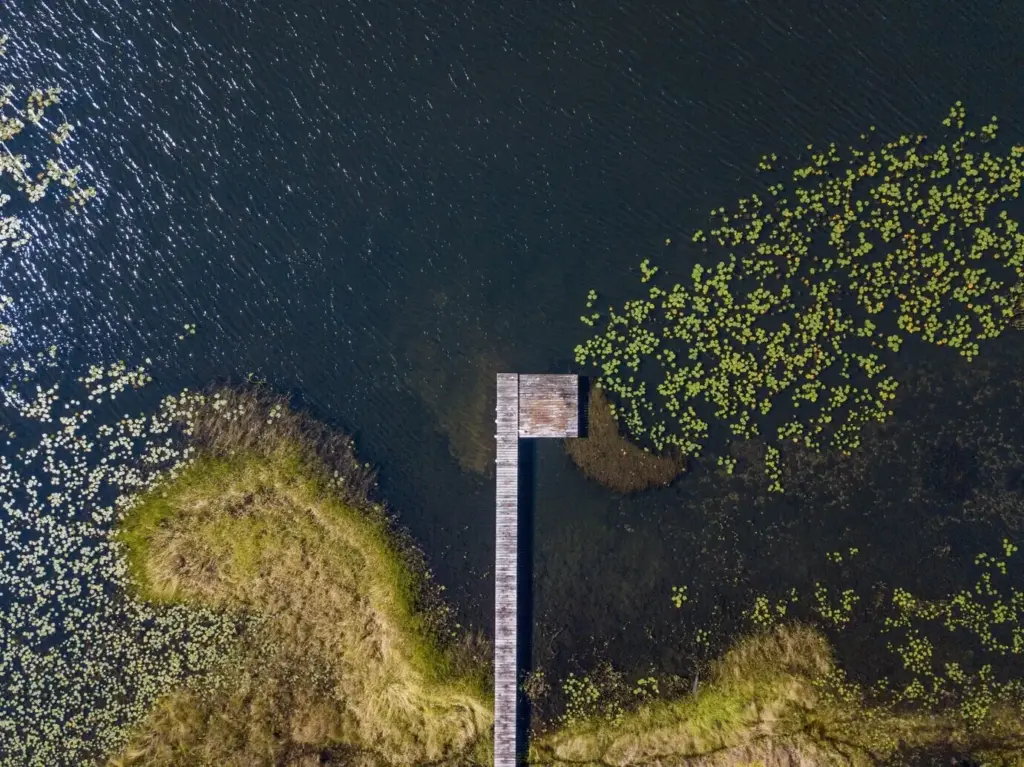Find Your Way Beyond the Trailhead
Map Sense that Makes Miles Easier
Magnetic Confidence with a Simple Compass

Declination Without the Dread
Magnetic north and true north seldom match; declination reconciles them. Find your current value from a trusted source and set the adjustment on your compass if it allows. Otherwise, add or subtract as needed during bearing work, and write a quick reminder on tape wrapped around the lanyard. A sixty-second setup saves hours of creeping uncertainty. Practice by taking known bearings in a park and confirming landmarks land exactly where mathematics promised.

Accurate Bearings, Even in Brush
Pick a distant, distinct object on your bearing line—a tree fork, rock notch, or snow patch—and walk to it, resetting to a new object repeatedly. Keep elbows in, body square, and minimize swings that skew direction. When brush blocks sightlines, leapfrog with a partner who stands on-target ahead. In solo travel, use pacing and micro-aiming around obstacles, then recheck the needle often. Accuracy comes from many tiny corrections, not one perfect glance.

Triangulation that Actually Works
When you are uncertain where you stand, take bearings to two or three known features—like a peak, lake outlet, or tower—and draw the lines back on your map. Their intersection, or small triangle, is your position. Favor features spread widely across your field of view for sharper angles. Combine this with elevation from contour readings to narrow ambiguity. It turns that uneasy moment of doubt into a short, satisfying puzzle you can actually solve.
Satellites, Signals, and Smarter GPS Use






Planning Routes, Bailouts, and Decision Points
Before You Go: Prep that Pays Off
Study recent trip reports, satellite imagery, and snow or fire closures. Print a waterproof map segment with your route, alternates, and emergency access points highlighted. Preload offline maps on two devices, test your compass, and verify declination. Create a turnaround time that respects daylight and weather windows. Pack a small repair kit for straps and zippers, because mobility is safety. This thoughtful preparation buys freedom to improvise without gambling your margin for error.
Bailout Logic and Turnaround Times
A good bailout is planned, not invented in panic. Identify escape ridges, creek valleys with roads, and sheltered benches before leaving home. Tie turnaround times to daylight and group capacity, then treat them as promises, not suggestions. If progress lags or weather accelerates, pivot early while options abound. You will never regret a conservative call that preserves morale and learning. You might always regret the extra half-mile that removed your choices completely.
Group Communication and Roles
Great navigation is collaborative. Assign a primary navigator and a skeptic who challenges assumptions kindly. Rotate roles so everyone learns. Speak checkpoints aloud, confirm bearings before moving, and pause for questions rather than pushing uncertainty forward. Encourage quiet teammates to voice doubt early. Establish simple signals for stop, regroup, or hazard. When communication is deliberate and inclusive, small discrepancies surface while still cheap to fix, and the map stays a shared plan, not a secret.